MINNEAPOLIS — Five years after the death of George Floyd, and the racial rioting that caused almost $500 million in damages, the wounds have not healed.
During a week in the Twin Cities, The Post observed high tensions in the middle of the George Floyd Square memorial between an angry local black businessman and Floyd’s aunt, Angela Harrelson, which set the tone for the rest of the visit.
Edwin Reed, 45, who owns an auto-detailing shop nearby, confronted Harrelson, 63, over what he claimed was the “scamming” of city and state funds pledged for locals by outside groups after the riots.
The Floyd family, Reed noted, had gotten a $27 million settlement from the city in March 2021.
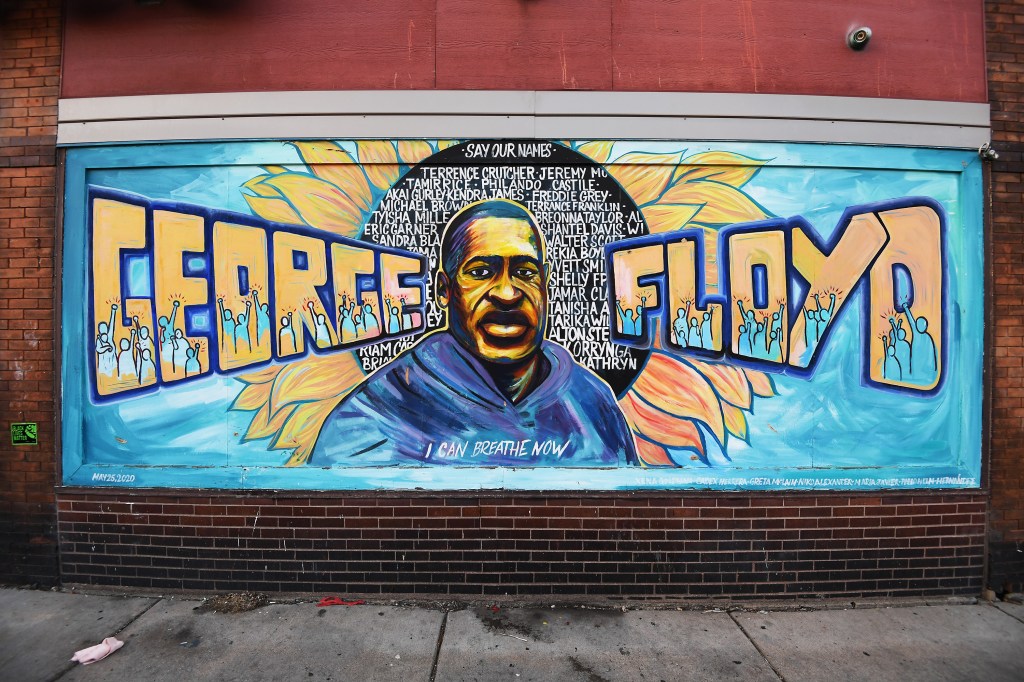
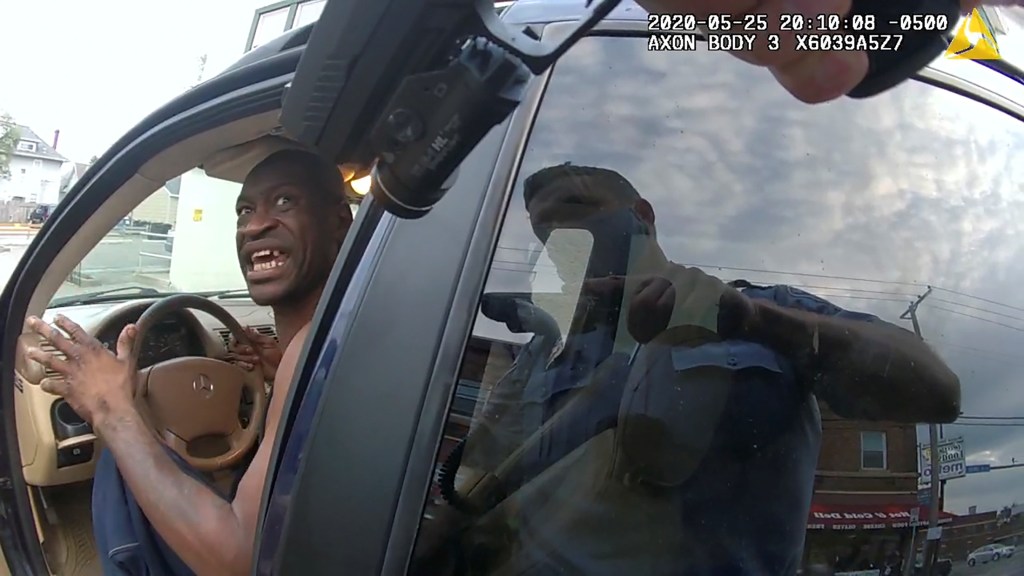
“I guess you don’t know what I know!” Reed shouted to a visibly shocked Harrelson, who tried to humor Reed in an effort to calm him down.
Reed told both Harrelson and The Post his house was facing foreclosure and he is about to lose his business because the area around where Floyd died became a lawless, crime-ridden, no-go zone for three years after his death — and customers stayed away. Nor did he see a dime, he said, of the $125 million approved to help citizens like him in Minneapolis.
“It’s unbelievable what happened here,” Reed said, sometimes through tears. “All those activists who claimed to be activists were only trying to gain fame off George Floyd’s name. People were coming into town and making money by selling shirts and hats and having these fake protests while those of us from here suffered like collateral damage. It made me so sick.”
“Black Lives Matter was never here,” Reed alleged, referencing the Black Lives Matter Global Network Foundation, the non-government organization that handles the raising and collecting then distribution of the money for the movement.
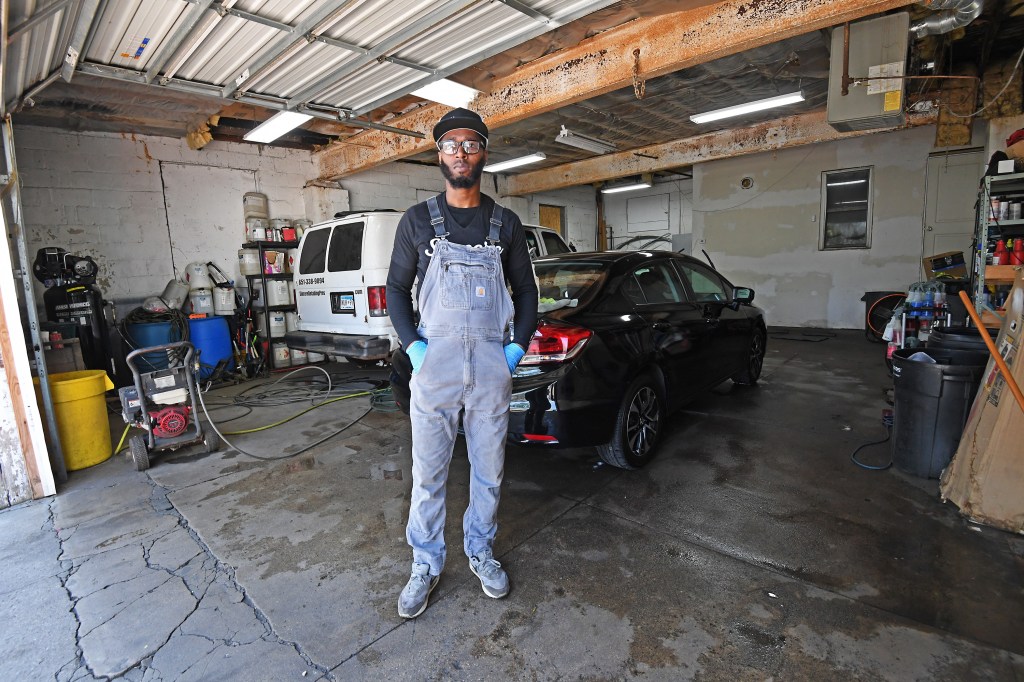
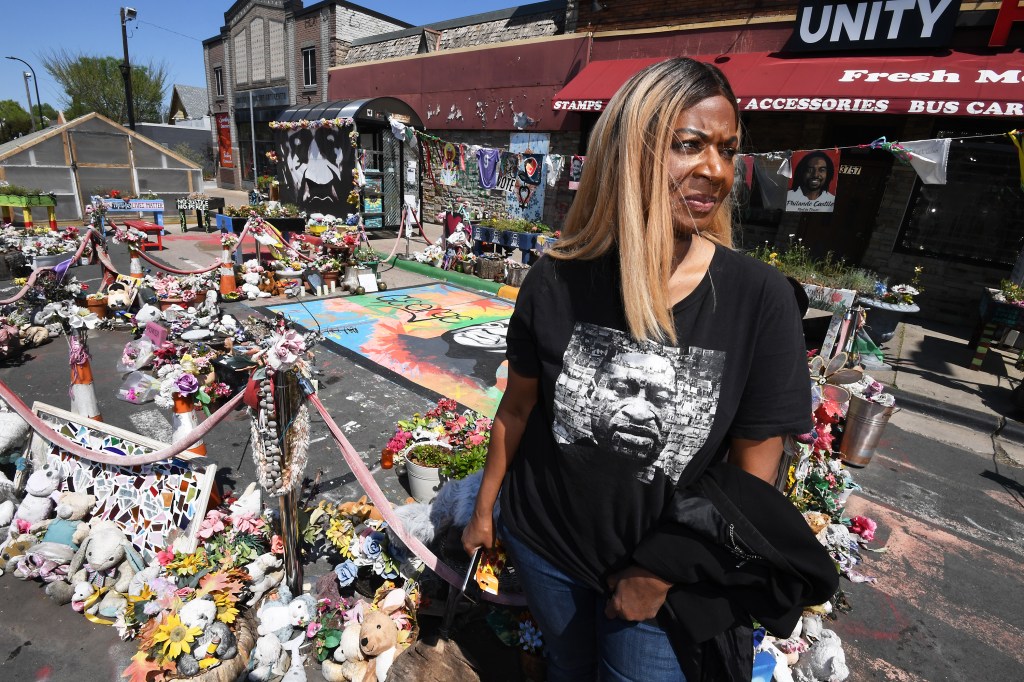
“I never saw them even one time. Everyone was just capitalizing off a dead man. That’s what happened here and that’s what no one will tell you.”
Most outsiders remember the very black-and-white narrative established just hours after the evening of May 20, 2025 when a cell phone video went viral showing white Minneapolis Police Officer Derek Chauvin keeping his knee on the side of George Floyd’s neck for more than nine minutes.
The 46-year-old African-American said repeatedly, “I can’t breathe” then passed out before later being pronounced dead.
The FBI was called in almost immediately and the four officers who were involved in Floyd’s arrest and death — Chauvin, J. Alexander Kueng, Thomas Lane and Tou Thao — were fired the next day.
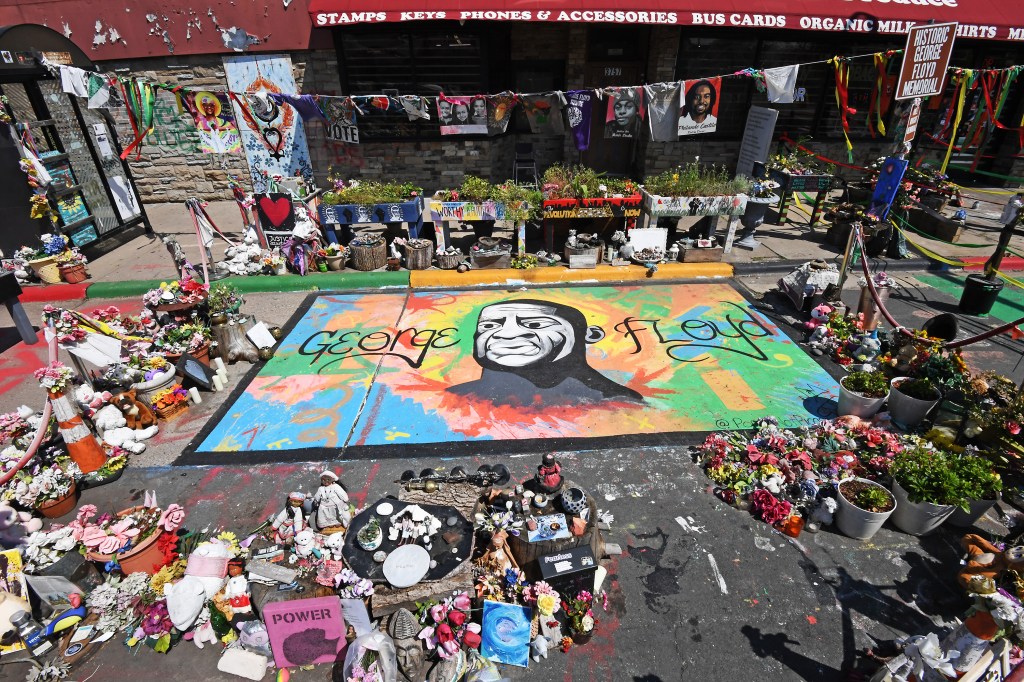
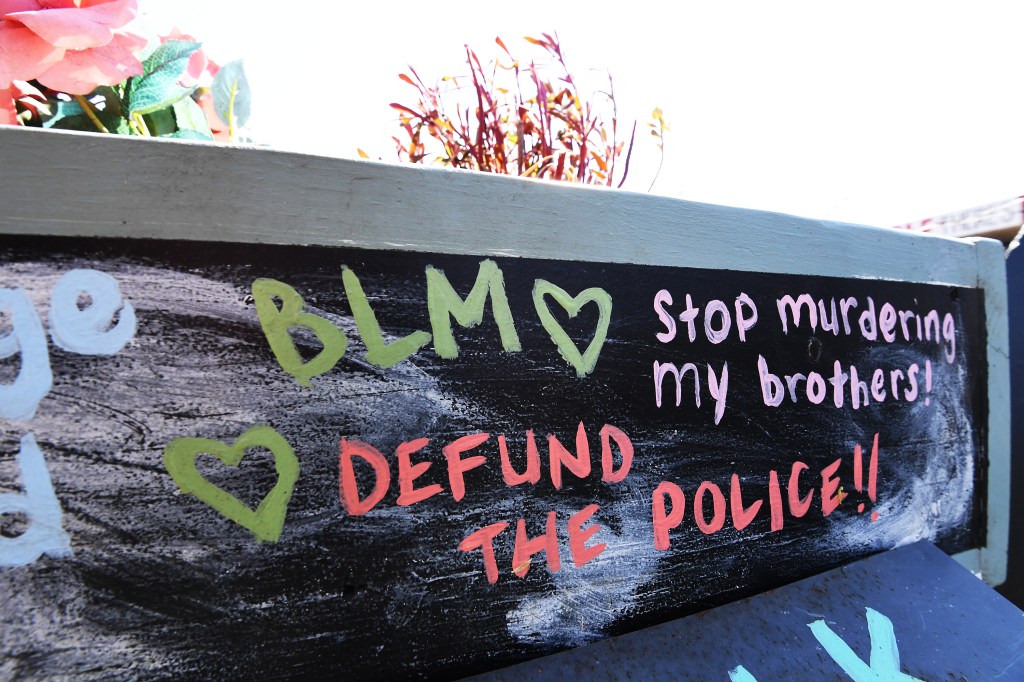
Hundreds poured into the streets in demonstrations that were often called “peaceful protests” by the national media were in fact violent and destructive.
Buildings and businesses were torched and looted, while three days after Floyd’s death, police had to abandon the 3rd police precinct where the arresting officers were stationed after it was beset by a mob who trapped officers inside by padlocking its gates.
Protesters surrounded the building on Minnehaha Avenue, yelling epithets, holding actual pigs’ heads, throwing frozen water bottles, rocks and sometimes even feces, according to Post interviews with former police officers from the precinct.
At 9:53 p.m. that night, the cops inside were ordered by city officials to evacuate the premises — 51 officers were forced to flee on foot, most to waiting buses which had been especially organized, although a few other officers left in squad cars that broke through the padlocked gates.
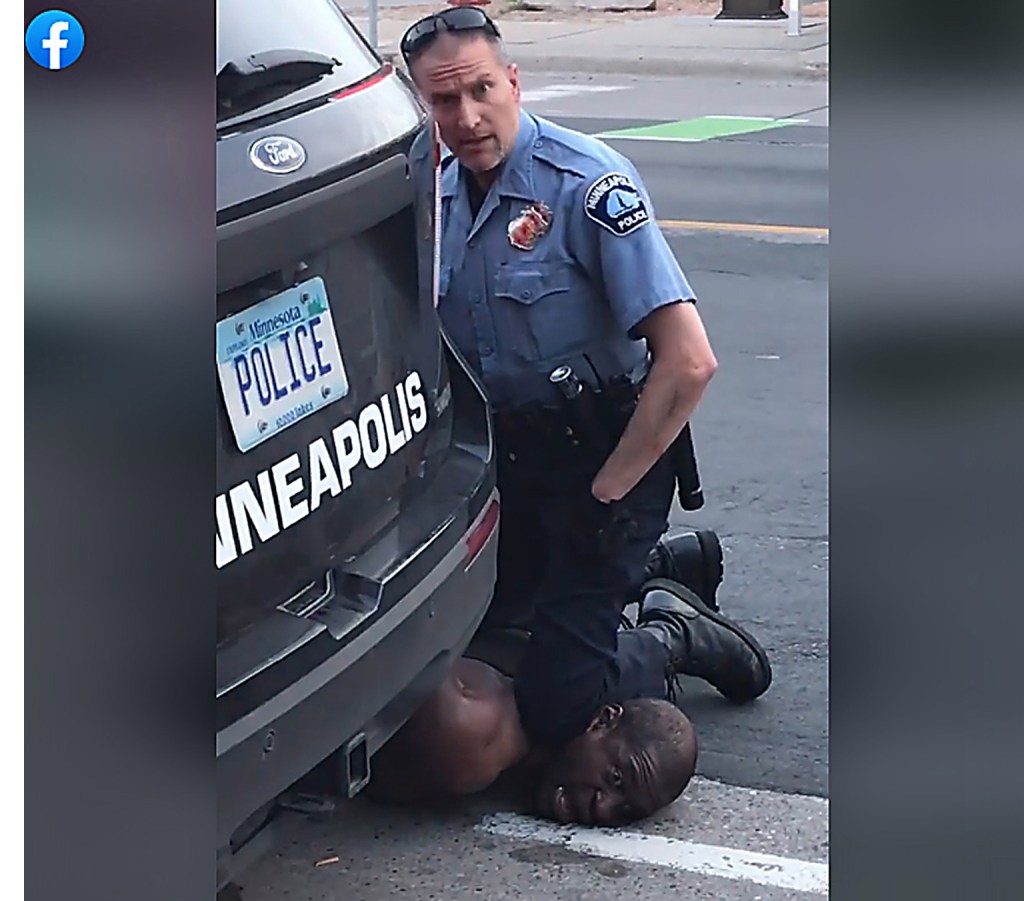
It’s a decision that’s haunted many of the officers who were there that night. Kim Lund Voss was a lieutenant at the precinct when the riots occurred.
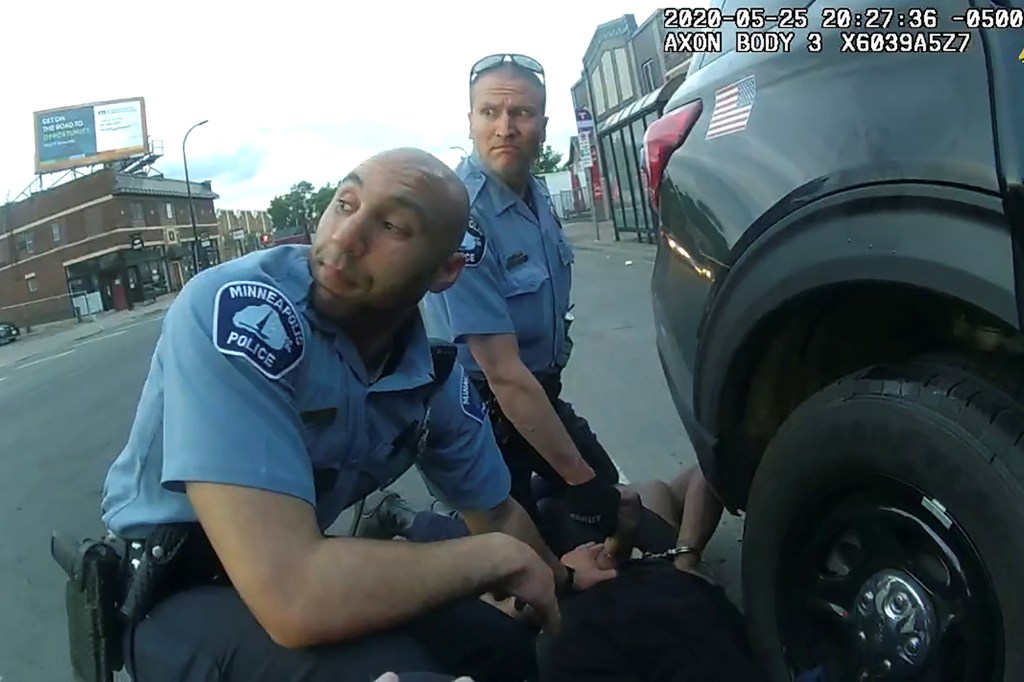
She and her husband, also a cop but now retired, were forced to leave Minneapolis after they claim they were doxxed and harassed in the aftermath of the riots.
“[The precinct] was literally a war zone,” Voss told The Post. “For the media to have painted it as peaceful protesting really made me angry because there was nothing that we went through that was peaceful.
“To have spent almost 40 years in this line of work and then be told that I can’t go out and help save the neighborhood was awful. I know that I and the guys I worked with feel horrible, horrible guilt to this day because we failed and we didn’t take care of our neighborhood.”
Retired Officer Dave Velasquez, who worked at the 3rd precinct with Chauvin, said he wasn’t sure at the time if he and his fellow cops would survive the attack.
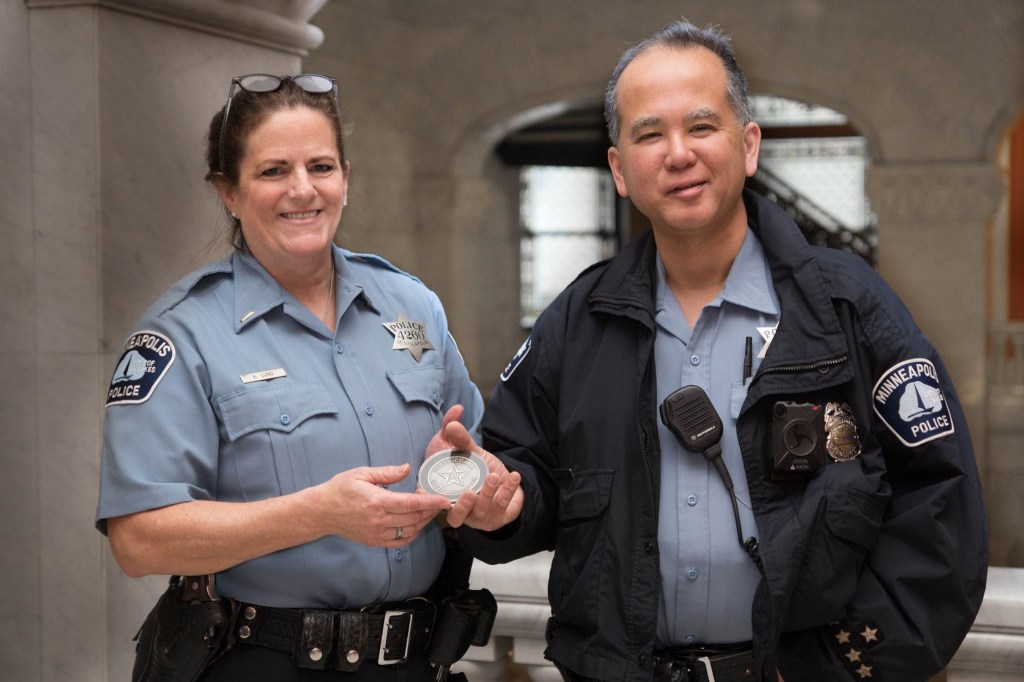
“A lot of us were in fear that if we were locked in there and they got ahold of us we would have been tortured and killed,” Velasquez said.
He added that he and his fellow officers knew they couldn’t shoot at the incoming protesters but kept an extra round in their pockets so they could turn the guns on themselves if they felt cornered and about to be killed.
Velasquez said the entire Minneapolis police force was demonized as brutal racists and over half the force left in the ensuing months.
Velasquez said he had felt so traumatized he once tried to take his own life.
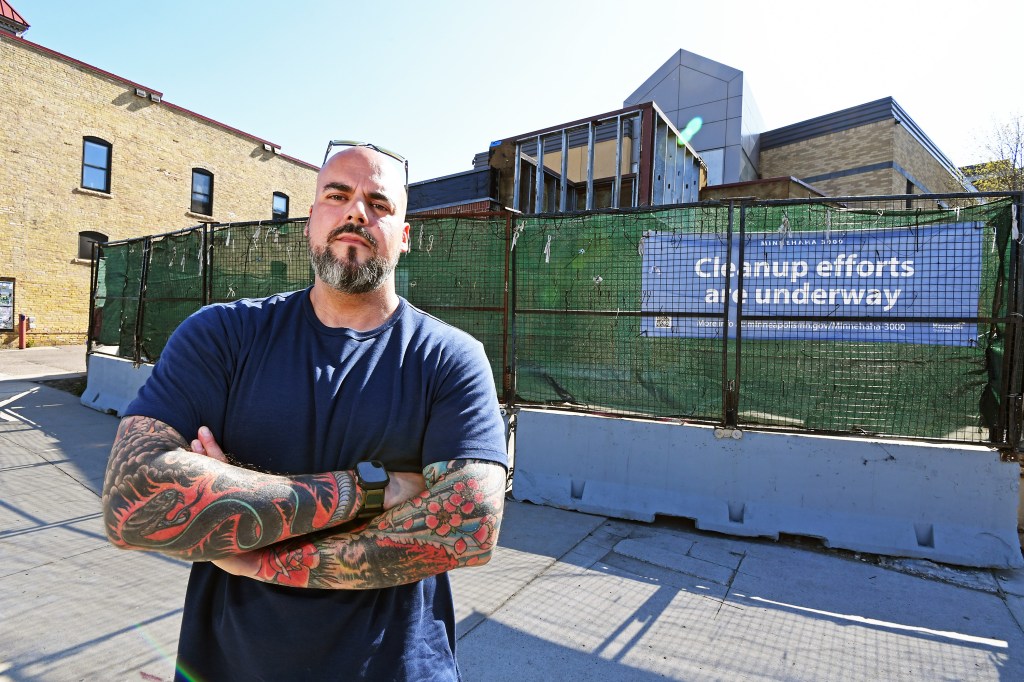
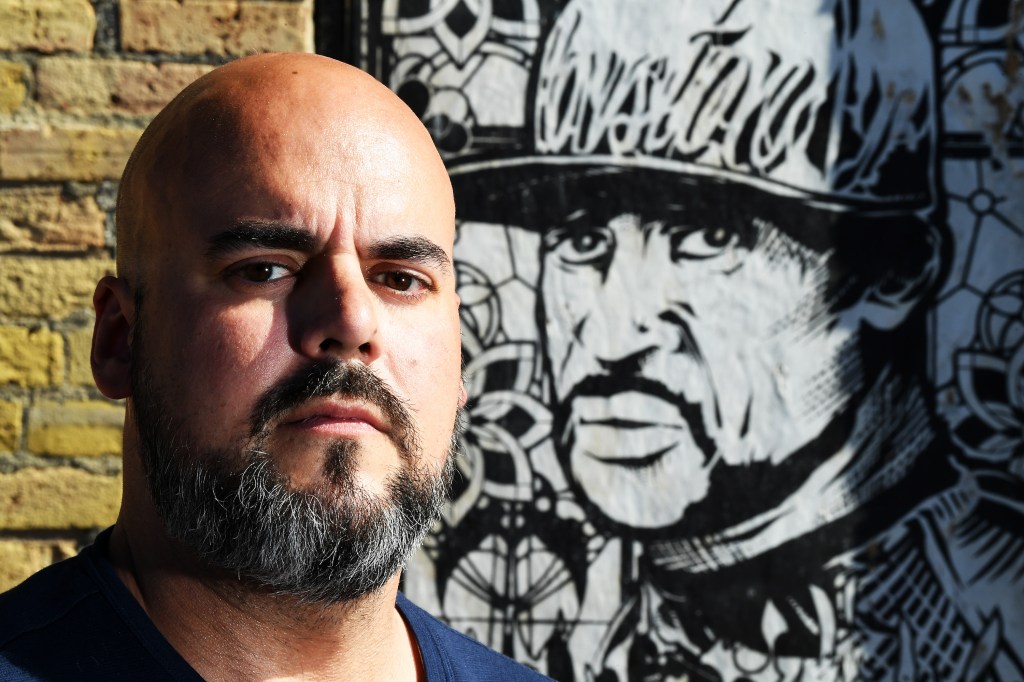
“After everything was done, my partner, who was in the Marines, I told him he needed to tell me something to make me feel better. He said, Dave you know what? We were treated better in Fallujah [Iraq]. And that hit . . . Some of the worst days of my life have come after this. It still affects all of us.”
Minneapolis Police Chief Brian O’Hara came to the city in 2022 from the police department in Newark, New Jersey. He told The Post crime was rampant when he arrived, made worse by the mass exodus and cops faced with calls to “defund the police” daily.
“There has been an unbelievable amount of trauma here from the destruction of the city that immediately followed (Floyd’s death) and the explosion of violence that came,” O’Hara said.

O’Hara said he was accustomed to a very Democratic city after working in Newark, but said nothing prepared him for the ultra-liberal orthodoxy he encountered in Minneapolis.
“Here it’s very, very ideological and a lot of times it’s like reality and facts can’t get through the filter. It’s a very detached, bourgeois liberal mentality . . . It’s bizarre.”
The protests and violence after Floyd’s death spread to more than 140 cities across the country, costing insurance companies between $1 and $2 billion in payouts and making the week of May 26 to June 2020 the costliest civil disorder in US history.
Chauvin was sentenced to 22 years in prison for unintentional second-degree murder, third-degree murder, and second-degree manslaughter. The other three officers were convicted of violating Floyd’s civil rights and received shorter terms.

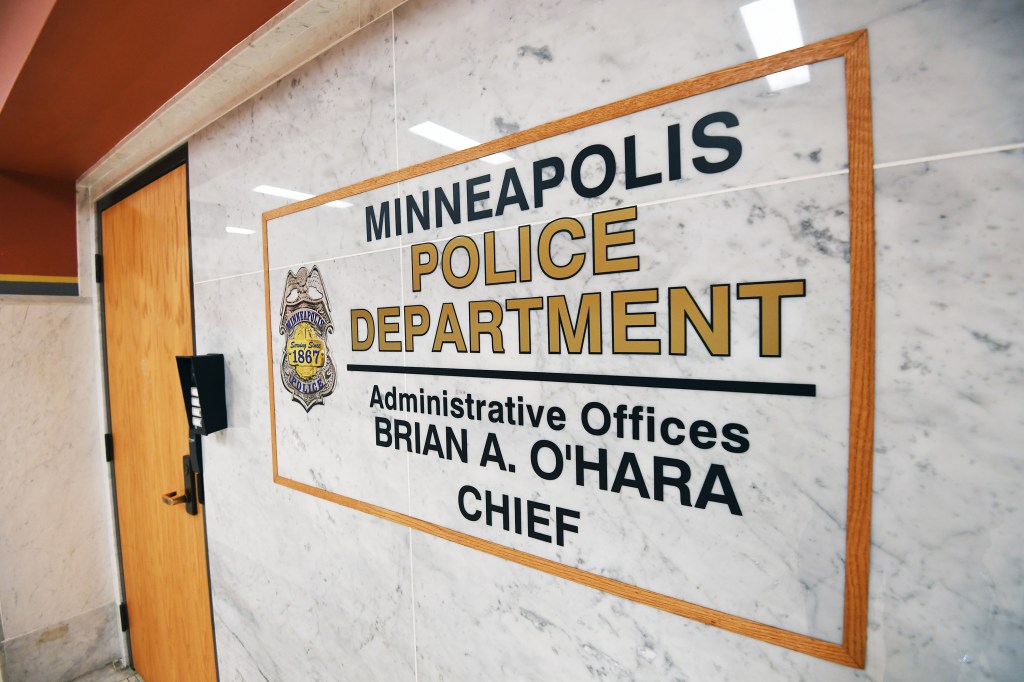
Chauvin, however, is mounting a new appeal based on a technicality involving information one of his original attorneys allegedly did not tell him about an outside pathologist who contended that Floyd died of a heart condition aggravated by a rare tumor.
In the ensuing years, other narratives about what happened on May 25, 2020 have sprung up, led in part by journalist Liz Collin’s scathing and controversial 2023 documentary “The Fall of Minneapolis.”
The documentary claimed Chauvin was railroaded by ultra-liberal Minneapolis politicians and activists and his trial was marked by manipulated evidence and perjury.
Collin, who had been a reporter and anchor at the respected WCCO-TV station in Minneapolis for 12 years, claims she was demoted because she was married to the then-head of the police union and that she had been pushing back against the established Floyd death narrative.

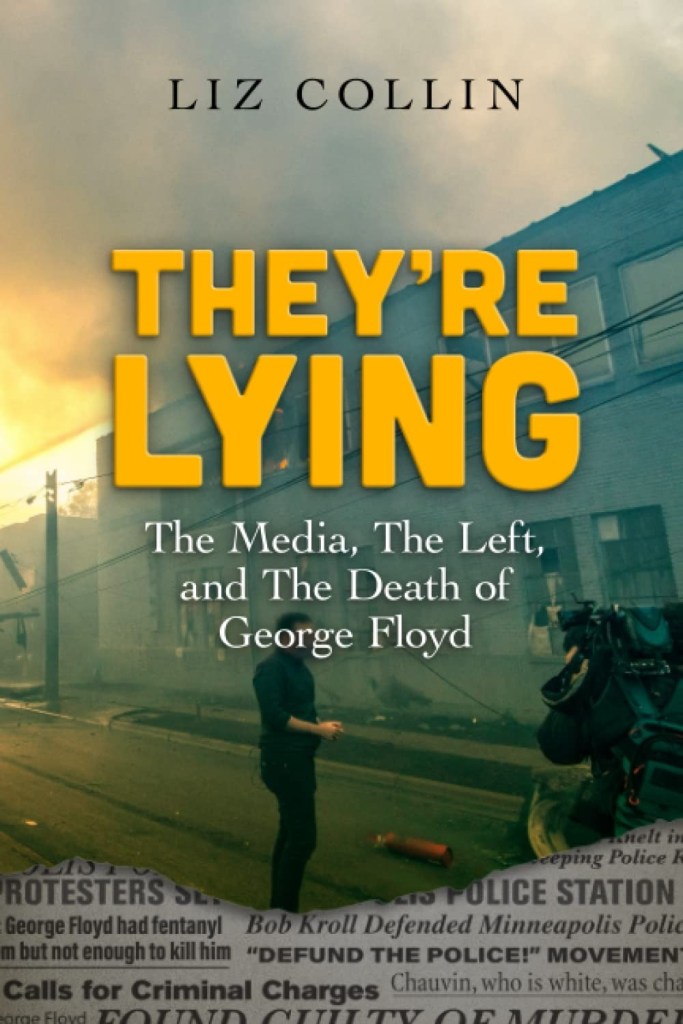
“More than anything, I’ve tried to get the truth out about this” Collin, who also authored the 2022 book, “They’re Lying: The Media, The Left and The Death of George Floyd,” told The Post.
“This isn’t about right or wrong, it’s about the truth. There was so little critical thinking in the days and weeks after Floyd’s death.”
Like a number of other people interviewed in Minneapolis, Collin cited police bodycam video showing Floyd’s arrest, where he resisted officers while repeatedly saying, “I can’t breathe” as he was still standing, well before he was pinned to the ground. These videos were not released to the public until nearly three months after his death.

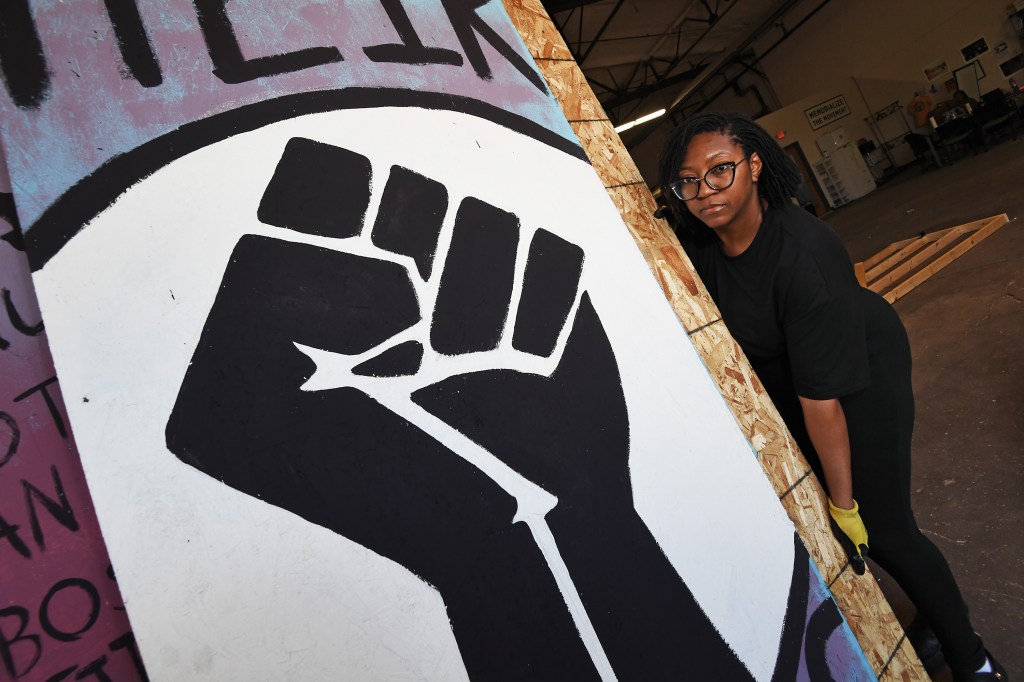
Collins points out Hennepin County Medical Examiner Andrew Baker first concluded Floyd’s death was from “cardiopulmonary arrest,” [the heart suddenly stopping] and his body bore no signs of “traumatic asphyxia or strangulation” or other life-threatening injuries to his neck and throat.
Later, toxicology tests confirmed Floyd had high levels of fentanyl and methamphetamines in his system.
But the autopsy report which was finally made public — after Dr. Baker met with Hennepin County attorneys and four FBI agents — said the cause of death “was cardiopulmonary arrest complicated by law enforcement subdual, restraint and neck compression.”
Baker’s spokeswoman, Carolyn Marinan, did not respond to The Post’s inquiry about whether Dr. Baker was pressured to declare the death a homicide for political reasons.
“Everything Dr. Baker can say was in that publicly released autopsy report and televised trial,” she wrote in an email.
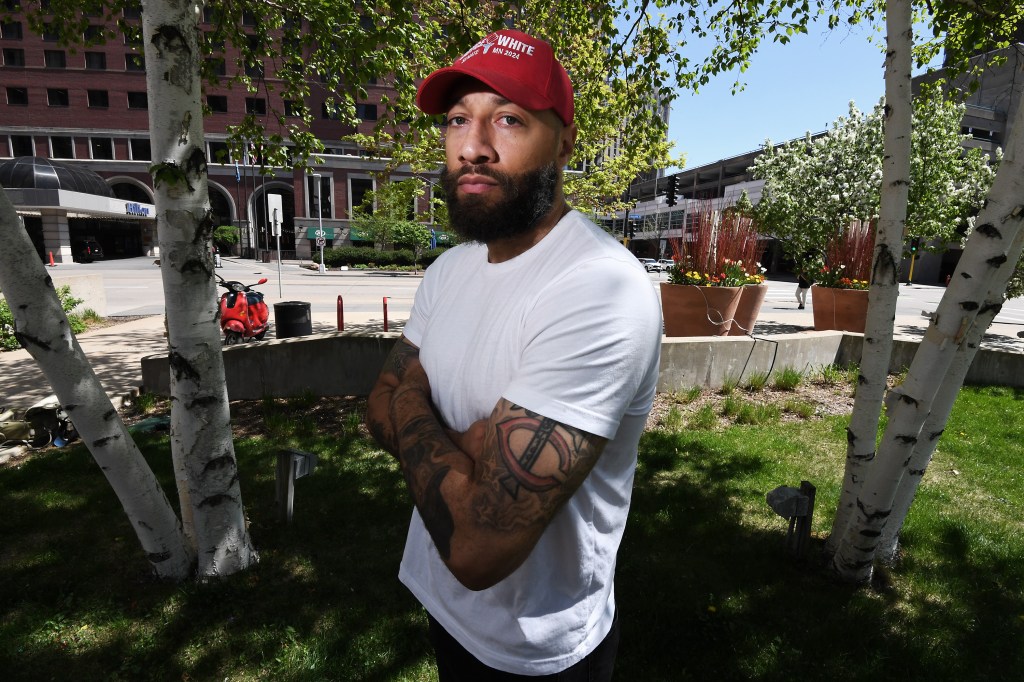
Some black activists in Minneapolis feel the riots after Floyd’s death were justified.
“For me, George Floyd was my father, my brother, my uncles,” Leesa Kelly, 32, the founder and director of Memorialize the Movement, a living archive of art made from the plywood protest murals found all over the Twin Cities after the riots.
Another African-American activist who strongly believes the now incarcerated officers got everything they deserve told The Post she was frustrated.
“With all the money that was (allocated) for here, this community should look very different,” said Lachelle Cunningham, a chef and owner of Chelle’s Kitchen in Minneapolis.
Instead, Cunningham’s business, which she bought a few years ago, sits near George Floyd Square, which is marred by garbage, clothes dumped all over, cement barricades and graffiti.
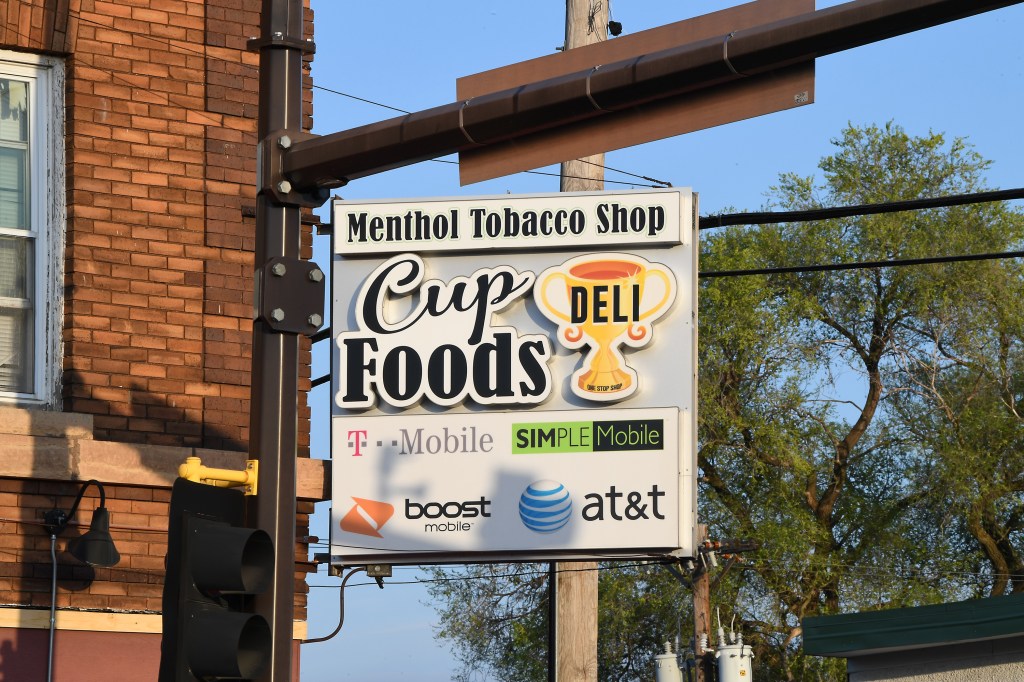
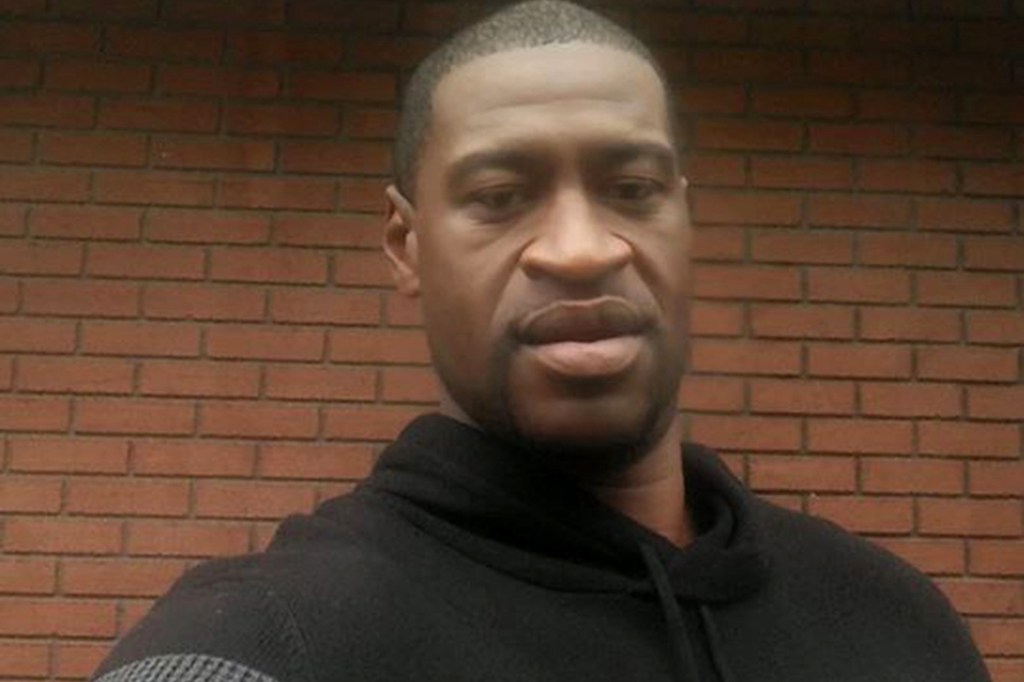
Royce White, 34, a former NBA player and the Republican candidate in the 2026 US Senate race, echoed other conservative black figures in Minneapolis who believe the aftermath of Floyd’s death was manipulated by leftist politicians.
“The strangest thing was to see the ‘activists’ that stepped up to speak,” White said. “We got all this national coverage and we had these people representing our community that I’ve never seen before . . . I grew up in the hood here. I didn’t recognize anyone.”
White claimed the majority of protesters were flown in or bused in from elsewhere — a claim echoed by others, including retired police officers.
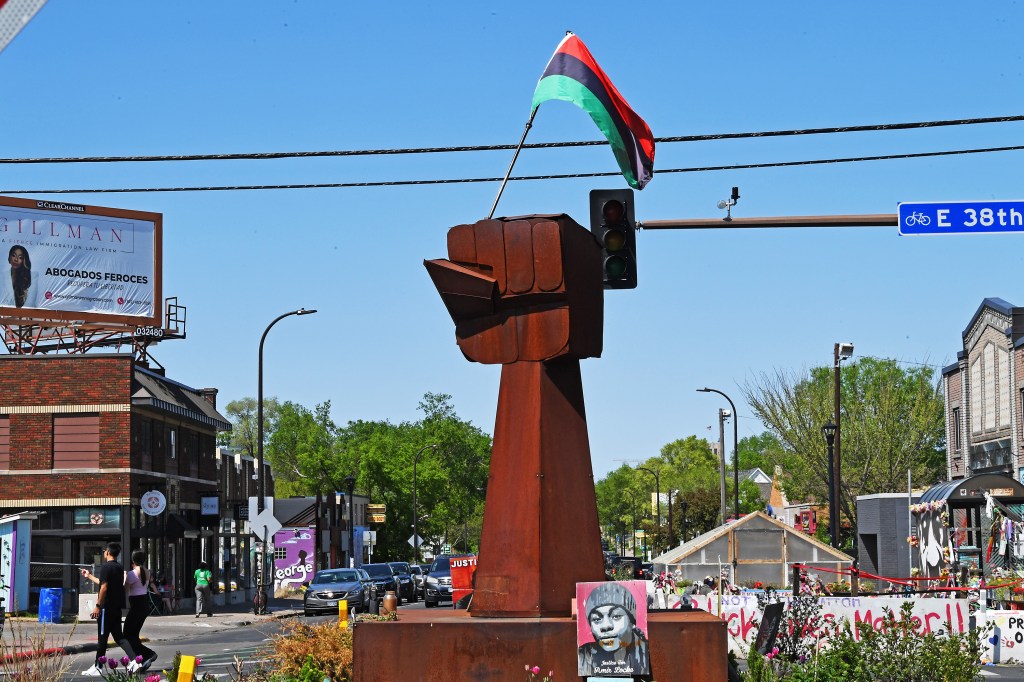
“They came from these liberal colleges that had some connection either with the non-profits, the NGOs or with some corporate entity,” White told The Post. “Whatever it was, these people were deliberately positioned here.”
Not everyone agrees with that theory — or feels bad that much of the Twin Cities went up in flames for a week.
When asked if she felt the attack on the 3rd police precinct was “justified,” Leesa Kelly smiled and said yes.
“I don’t think it’s possible to fix or restructure or rebuild a system that has always been broken,” she said.
“I think the only way to fix a system, like policing, which has such a complicated and horrible history in this country — is to burn it down.”
The post Minneapolis still broken, divided and suffering 5 years after George Floyd death: ‘Black Lives Matter was never here’ appeared first on New York Post.




